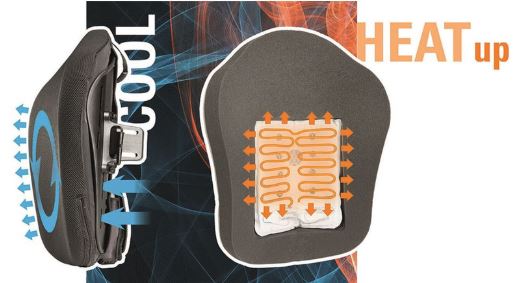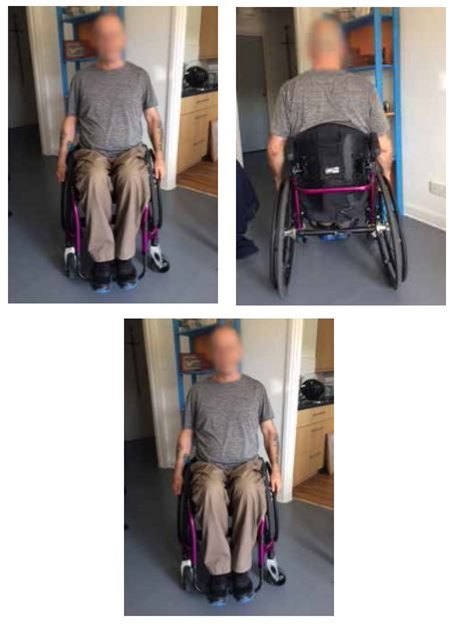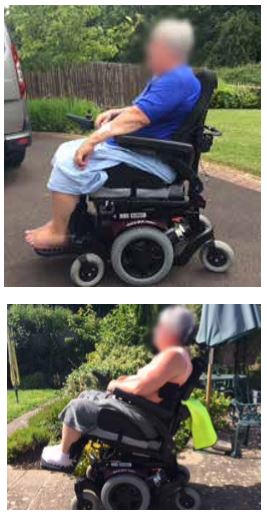Share:
Take it offline!
This Education in Motion resource is also available as a printable PDF.
Download PDF
The concept of microclimate is gaining emergence as an area of focus for both prescribers and manufacturers.
What is the ‘microclimate’ and why is it so important in wheelchair seating?
In relation to skin, it is ‘the interface (gap) between the skin and the surface’. Surfaces that contact the skin can alter the microclimate by changing the rate of the evaporation and heat dissipation (Clark et al 2010).
Individuals who can have difficulty regulating their body temperature and microclimate include Spinal Cord Injury, MS, CP, CVA, Ehler-Danloss and Brain Injury.
Our JAY engineers have now developed the J3 TC (Temperature Control) backrest which offers both trunk stability and microclimatic thermoregulation over the entire back support surface.
What do the Clinical Guidelines say?
‘Emerging Therapies For Prevention of Pressure Ulcers’ Section (p18) stresses the importance of the microclimate for healthy skin, advising prescribers:
1. Consider the need for additional features such as ability to control temperature when selecting a support surface
1.1 Consider the need for moisture and temperature control when selecting a support surface cover
www.npuap.org
J3 TC backrest:
- Specially designed ventilation insert provides both ‘cooling’ and ‘warming’ functions to match user need
- Integral fans remove heat and moisture away by ‘evaporative cooling’ ensuring the user is cool and comfortable
- Smart Lithium battery offers 8 hours' continuous use
- 3DX™ spacer fabric for optimal air exchange
- Simple on/off switch allows complete microclimatic control
- Available for use on manual or powerchairs

J3 TC Backrest Case Studies
Case Study 1- 3 months post trial
Background
SCI complete #T12/L1

Problems
- Difficulty regulating temperature – quickly adopts ambient temp & fatigues quickly when hot
- Intermittent muscular pain above level of injury – localised heat helps reduce pain
Comfort
- “finding new backrest a lot more comfortable”
- “cooling made a big difference… don’t end up with wet back”
- Heat pad - much less back pain now - “eases my pain off”
Function
- Can tolerate warmer ambient temps for longer – cooler & less fatigued – greater function
- Much quicker to cool down post exercise – rapid cooling
- On PC – static position – “Heat pad really helps”
Case Study 2 - 3 months post trial
Background
MS - 15 years ago

Problems
- Difficulty regulating temperature – Fluctuates hot/cold throughout day
- Fatigues more quickly when hot
- Low trunkal tone falls to side
Comfort
- “a lot more comfortable”
- “able to sit outside for longer when it’s hot”
- Now sits in wheelchair for longer periods versus static armchair
Function
- Able to tolerate warmer ambient temps for longer- spending more time in garden
- Generally cooler & less fatigued – “more energy to do things”
- Lateral thoracic supports – “made a huge difference” – less falling to side – greater control of chair & travelling